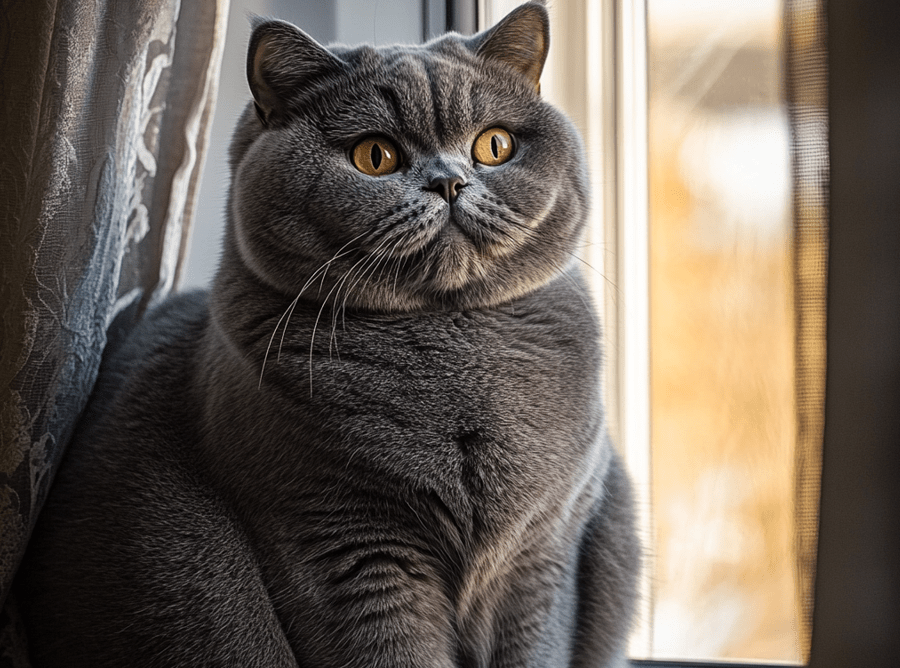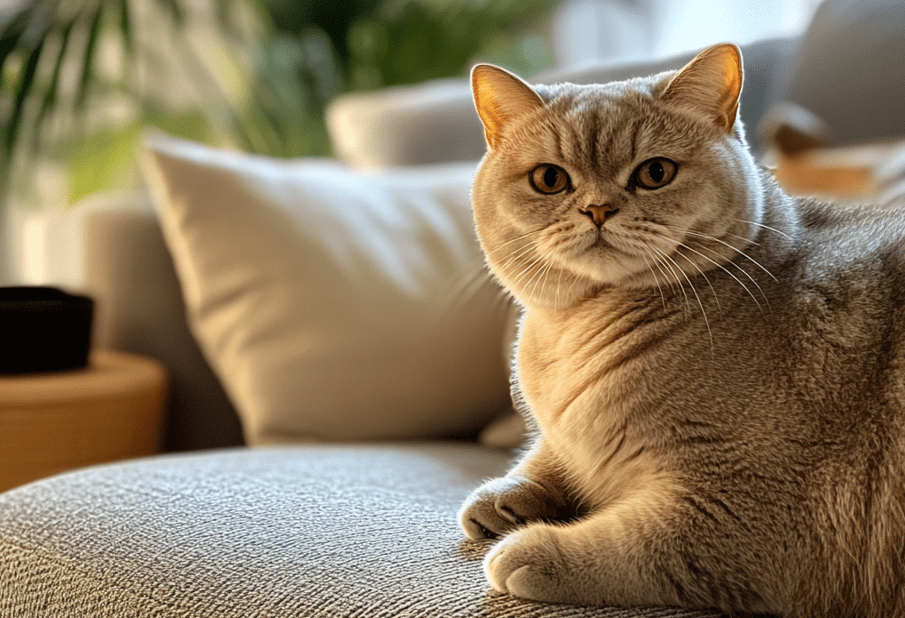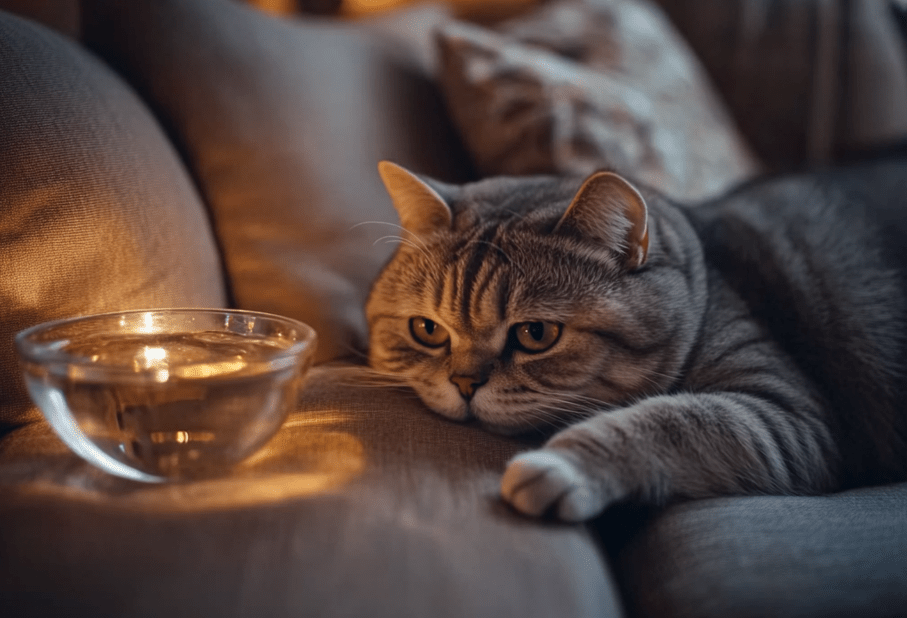
Owning a British Shorthair cat is a joy—those round faces, plush coats, and charming personalities make them beloved companions. However, like all pets, British Shorthairs require dedicated care to stay healthy, and one often-overlooked aspect is their dental health. Regular dental checkups are essential to ensure your British Shorthair cat lives a long, happy life free from oral pain or disease. This article dives deep into why dental care matters for your British Shorthair, what to expect during checkups, how to maintain their oral health at home, and much more. Let’s explore this critical topic to keep your feline friend smiling brightly.
The Importance of Dental Health for British Shorthairs
Dental health plays a pivotal role in your British Shorthair’s overall well-being. Cats, including this sturdy and affectionate breed, are prone to oral diseases that can lead to discomfort, infection, and even systemic health issues if left untreated. British Shorthairs, with their calm demeanor and love for lounging, may not always show obvious signs of dental problems, making regular veterinary checkups crucial.
Why Dental Issues Matter
Poor dental health can cause more than just bad breath. Plaque and tartar buildup can lead to gingivitis, periodontal disease, and tooth loss. In severe cases, bacteria from the mouth can enter the bloodstream, affecting vital organs like the heart, kidneys, and liver. For British Shorthairs, maintaining healthy teeth and gums supports their quality of life, allowing them to enjoy their favorite activities—eating, grooming, and cuddling—without pain.
Unique Dental Needs of British Shorthairs
While British Shorthairs don’t have breed-specific dental diseases, their compact jaw structure and love for food can make them susceptible to plaque buildup. Their laid-back nature might also mean they’re less likely to chew on toys that naturally clean teeth, unlike more active breeds. Regular dental checkups help catch issues early, ensuring your cat’s mouth stays in top shape.
Common Dental Problems in British Shorthair Cats
Understanding the dental issues that can affect your British Shorthair is the first step toward prevention. Here are the most common problems veterinarians encounter:
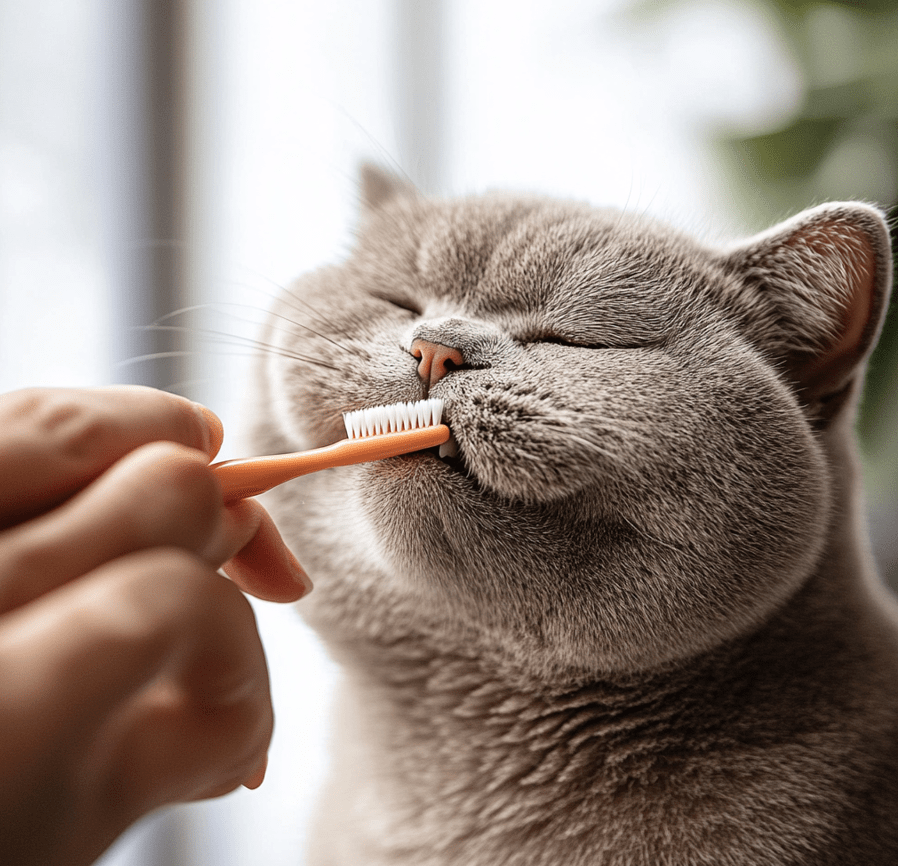
1. Plaque and Tartar Buildup
Plaque, a sticky film of bacteria, forms on teeth after eating. If not removed, it hardens into tartar, which requires professional cleaning to eliminate. British Shorthairs, especially those on wet food diets, may accumulate plaque faster than cats who chew kibble or dental treats.
2. Gingivitis
Gingivitis, characterized by red, inflamed gums, is often the first sign of dental trouble. It’s caused by plaque irritating the gumline. Left untreated, gingivitis can progress to more severe conditions.
3. Periodontal Disease
This advanced form of gum disease affects the tissues supporting the teeth. Periodontal disease is painful and can lead to tooth loss. British Shorthairs with untreated gingivitis are at risk, especially as they age.
4. Feline Odontoclastic Resorptive Lesions (FORLs)
FORLs are painful lesions that erode tooth structure, common in many cat breeds, including British Shorthairs. They often require extraction and can only be diagnosed through dental exams and X-rays.
5. Stomatitis
This severe inflammation of the mouth and gums is less common but can affect some British Shorthairs. It causes significant pain and may require extensive treatment, including tooth extraction or medication.
Why Regular Dental Checkups Are Non-Negotiable
Routine dental checkups are the cornerstone of preventing and managing these issues. Here’s why they’re essential for your British Shorthair:
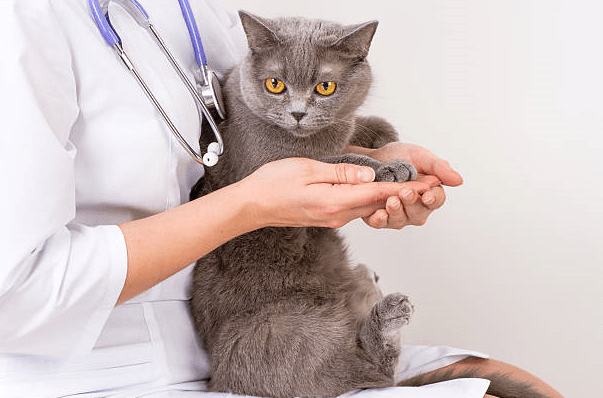
Early Detection Saves Teeth (and Money)
Dental problems often develop silently. Your British Shorthair might not show symptoms like drooling, pawing at the mouth, or refusing food until the issue is advanced. Regular checkups allow veterinarians to spot early signs of trouble, such as mild gingivitis or small FORLs, before they become major problems. Early intervention is less invasive, less painful, and more cost-effective than treating advanced disease.
Professional Cleaning Keeps Plaque at Bay
Even with diligent home care, plaque and tartar can build up in hard-to-reach areas. During a dental checkup, your vet may recommend a professional cleaning under anesthesia to remove tartar and polish the teeth. This process restores your cat’s oral health and prevents further complications.
Comprehensive Exams Catch Hidden Issues
Veterinarians use tools like dental probes and X-rays to examine areas you can’t see at home. For British Shorthairs, X-rays are especially important to detect FORLs or root abnormalities that aren’t visible during a standard exam.
Tailored Advice for Your Cat
Every British Shorthair is unique. During a checkup, your vet can assess your cat’s specific needs—diet, chewing habits, and lifestyle—and recommend personalized strategies to maintain their dental health.
What to Expect During a British Shorthair Dental Checkup
If you’ve never taken your British Shorthair for a dental exam, you might wonder what the process entails. Here’s a step-by-step guide:
1. Initial Consultation
Your vet will ask about your cat’s diet, behavior, and any signs of dental issues, such as bad breath or difficulty eating. Be honest about your home care routine—it helps the vet tailor their advice.
2. Physical Exam
The veterinarian will examine your British Shorthair’s mouth, checking for redness, swelling, plaque, tartar, or broken teeth. They’ll also assess your cat’s overall health, as dental issues can be linked to conditions like diabetes or kidney disease.
3. Dental X-Rays (If Needed)
If the vet suspects hidden problems, they may recommend X-rays. These images reveal issues below the gumline, such as FORLs or abscesses, that can’t be seen during a visual exam.
4. Professional Cleaning
If tartar or plaque buildup is significant, your vet may suggest a cleaning. This procedure, done under anesthesia, involves scaling the teeth to remove tartar and polishing them to prevent future buildup. British Shorthairs typically tolerate anesthesia well, but your vet will discuss risks and precautions.
5. Treatment Plan
If issues like gingivitis or FORLs are found, your vet will outline a treatment plan. This might include extractions, antibiotics, or follow-up visits. They’ll also provide tips for home care to keep your cat’s teeth healthy.
6. Follow-Up Recommendations
Your vet will advise on how often your British Shorthair needs checkups—typically every 6–12 months, depending on their age and dental health. They may also suggest dental diets, treats, or brushing routines.
How Often Should Your British Shorthair Have Dental Checkups?
The frequency of dental checkups depends on your cat’s age, health, and risk factors:
Kittens and Young Adults (0–3 years): Annual checkups are usually sufficient unless issues arise. Starting dental care early sets the stage for lifelong oral health.
Adult Cats (3–8 years): Annual or biannual exams are recommended, as plaque buildup becomes more common in middle age.
Senior Cats (8+ years): Biannual checkups are ideal, as older British Shorthairs are more prone to periodontal disease and FORLs.
If your cat has a history of dental problems or poor home care, your vet may recommend more frequent visits. Always follow their guidance to keep your British Shorthair’s teeth in top condition.
At-Home Dental Care for Your British Shorthair
While professional checkups are vital, home care plays a huge role in preventing dental issues. Here are practical ways to keep your British Shorthair’s teeth clean between visits:

1. Brushing Their Teeth
Brushing is the gold standard for feline dental care. Use a cat-specific toothbrush and toothpaste (never human toothpaste, which is toxic to cats). Start slowly, letting your British Shorthair get used to the process. Aim to brush 2–3 times a week for best results.
Tip: British Shorthairs are patient, so with gentle persistence, most will tolerate brushing. Reward them with treats to make it a positive experience.
2. Dental Diets and Treats
Some cat foods and treats are designed to reduce plaque and tartar. Look for products approved by the Veterinary Oral Health Council (VOHC). These can complement brushing but shouldn’t replace it.
Tip: If your British Shorthair loves kibble, choose a dental-specific formula to encourage chewing, which naturally cleans teeth.
3. Water Additives and Gels
Dental additives for water or oral gels can reduce bacteria in your cat’s mouth. These are easy to use and ideal for cats who resist brushing.
Tip: Check with your vet before introducing additives, especially if your British Shorthair has health conditions.
4. Chew Toys and Dental Toys
While British Shorthairs aren’t always enthusiastic chewers, some enjoy dental toys that scrape plaque as they play. Look for safe, cat-specific options.
Tip: Supervise playtime to ensure your cat doesn’t swallow small parts.
5. Monitor Their Mouth
Regularly check your British Shorthair’s mouth for signs of trouble, like red gums, bad breath, or loose teeth. Catching issues early makes treatment easier.
Signs Your British Shorthair Needs a Dental Checkup ASAP
Even with regular care, dental problems can arise. Contact your vet if you notice:
1.Bad breath that doesn’t improve with brushing
2.Red, swollen, or bleeding gums
3.Drooling or pawing at the mouth
4.Difficulty eating or dropping food
5.Loose, broken, or discolored teeth
6.Changes in behavior, like irritability or hiding
These symptoms suggest pain or infection, and prompt action can prevent complications.
The Cost of Dental Care for British Shorthairs
Dental care costs vary depending on your location, the vet’s expertise, and the procedures needed. Here’s a rough breakdown:
Routine Checkup: $50–$150, including exam and basic assessment.
Professional Cleaning: $200–$500, depending on anesthesia and X-ray needs.
Extractions or Treatments: $500–$2,000 for complex issues like FORLs or periodontal disease.
Pet insurance may cover some costs, so check your policy. Investing in preventive care, like regular checkups and home brushing, can save money by avoiding expensive treatments later.
Myths About Feline Dental Care
Let’s debunk some common misconceptions that might prevent British Shorthair owners from prioritizing dental health:
Myth 1: Cats Don’t Need Dental Care
Unlike wild cats, domestic cats like British Shorthairs live longer and eat processed foods, increasing their risk of dental disease. Regular care is essential.
Myth 2: Bad Breath Is Normal
Persistent bad breath often signals dental issues, not just “cat breath.” Don’t ignore it—schedule a checkup.
Myth 3: Brushing Is Too Hard
With patience, most British Shorthairs can learn to tolerate brushing. Start slow and make it rewarding.
Myth 4: Only Old Cats Get Dental Problems
Dental issues can start as early as age 2 or 3. Early prevention is key.
Choosing the Right Vet for Your British Shorthair’s Dental Care
Not all veterinarians specialize in feline dentistry, so finding the right one matters. Look for:
Experience with Cats: A vet familiar with British Shorthairs or feline-specific needs.
Dental Equipment: Access to dental X-rays and modern cleaning tools.
Clear Communication: Someone who explains procedures and costs upfront.
Positive Reviews: Feedback from other pet owners about their cat’s dental care.
Ask if the vet follows American Animal Hospital Association (AAHA) dental guidelines, which ensure high standards of care.
A Lifelong Commitment to Your British Shorthair’s Smile
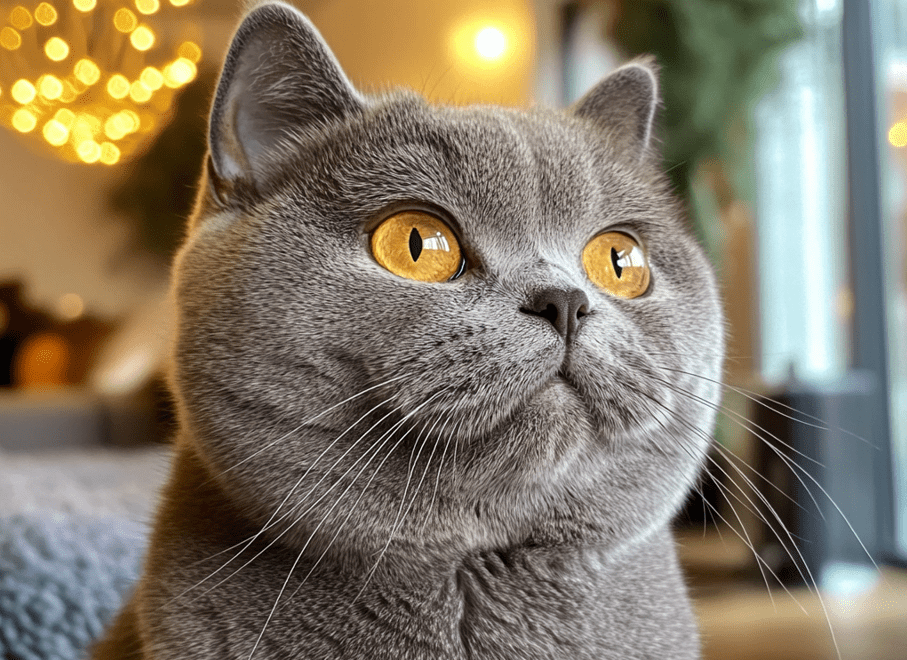
Your British Shorthair’s dental health is a lifelong responsibility, but it’s one that pays off with a happier, healthier cat. By combining regular veterinary checkups with consistent home care, you can prevent painful dental diseases and ensure your feline friend enjoys their favorite meals and snuggles for years to come. Start today—schedule a dental exam, pick up a cat toothbrush, or ask your vet for personalized advice. Your British Shorthair’s bright smile depends on it.

